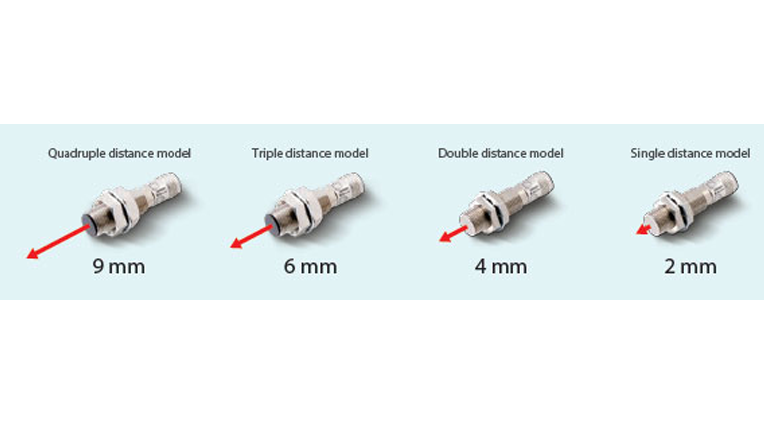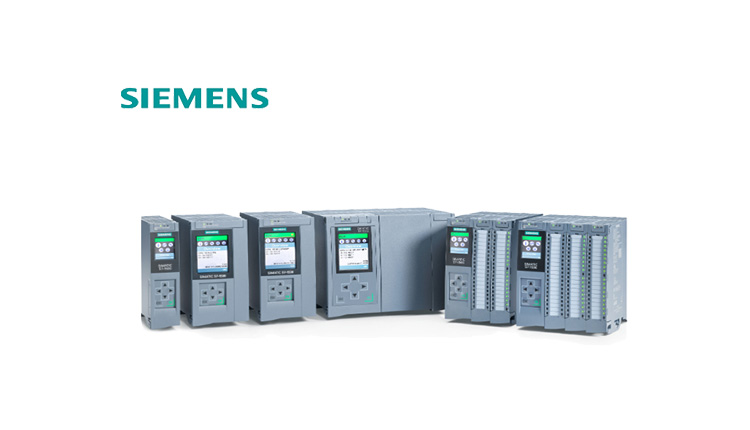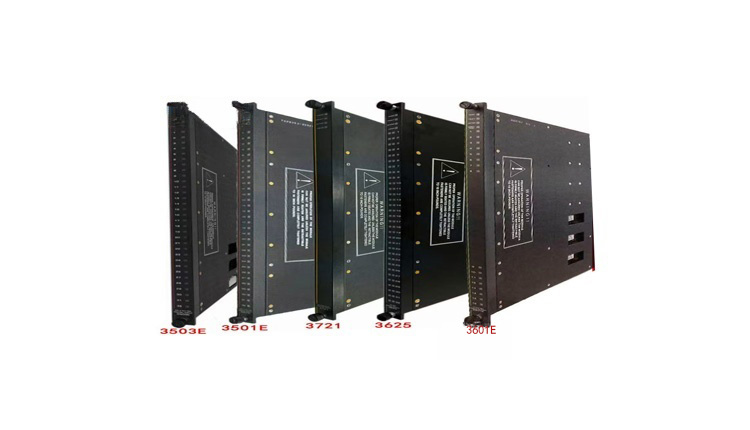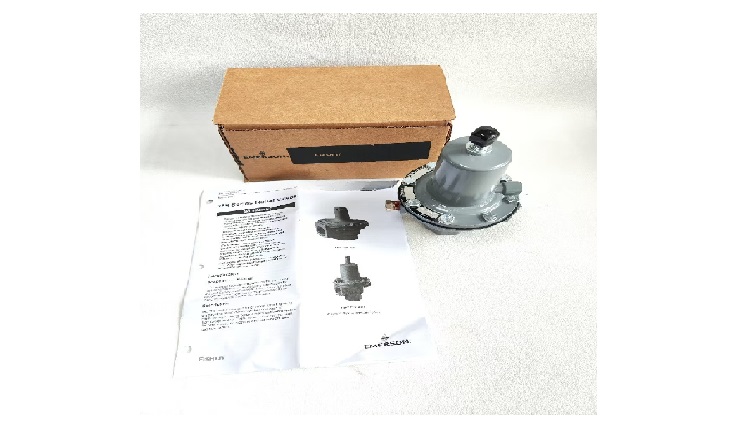Make a call

Blog Details

01
Tue
Omron Proximity Sensors: Revolutionizing Automation with Precision and Reliability
Omron Proximity Sensors
Introduction:
In the ever-evolving landscape of automation and industrial control, precise and reliable sensing technologies play a pivotal role. Among the leading innovators in this domain, Omron Corporation stands out with its comprehensive range of proximity sensors that have become synonymous with excellence in performance and adaptability. This article delves into the intricacies of Omron Proximity Sensors, highlighting their key features, applications, and the transformative impact they have on modern industrial processes.
What are Omron Proximity Sensors?
Omron Proximity Sensors are electronic devices designed to detect the presence or absence of objects without any physical contact. These sensors operate on various principles, including inductive, capacitive, magnetic, and photoelectric technologies, catering to diverse sensing needs across industries. Their compact design, robust construction, and advanced sensing capabilities make them ideal for a wide range of automation tasks.
Key Features:
High Precision and Reliability: Omron sensors are engineered to deliver exceptional accuracy, ensuring consistent and dependable performance even in harsh industrial environments. This precision is crucial for applications requiring minute adjustments or critical safety measures.
Versatile Sensing Ranges: Offering a broad spectrum of sensing distances, from millimeters to meters, Omron proximity sensors can be tailored to fit specific operational requirements. This versatility allows for seamless integration into various machinery and processes.
Compact and Durable Design: The compact footprint and rugged construction of these sensors make them suitable for installation in tight spaces and environments subject to vibration, shock, dust, and moisture. Their long service life minimizes downtime and maintenance costs.
Easy Integration: With a variety of connectivity options, including wired and wireless interfaces, Omron sensors can be easily integrated into existing automation systems. They also support a range of communication protocols, facilitating seamless data exchange and control.
Smart Functionality: Many models come equipped with advanced features such as IO-Link, self-diagnostics, and teach-in functions, enhancing system intelligence and reducing setup time.
Applications Across Industries:
Omron Proximity Sensors apply in numerous industries, driving efficiency and safety:
Automotive: Used in assembly lines for part detection, position sensing, and safety guarding.
Food & Beverage: Ensuring hygiene standards while monitoring packaging, filling levels, and conveyor belt operations.
Electronics: Precision positioning and component detection in SMT (Surface Mount Technology) lines.
Material Handling: Automating warehousing processes through object detection, sorting, and tracking.
Packaging: Controlling machinery for accurate packaging, sealing, and labeling.
Machinery & Heavy Equipment: Enhancing safety and operational efficiency in manufacturing and construction machinery.
Transformative Impact:
By incorporating Omron Proximity Sensors, businesses can achieve significant improvements in productivity, quality control, and worker safety. The sensors' ability to operate reliably under extreme conditions ensures continuous process monitoring and control, minimizing errors and waste. Furthermore, their smart features facilitate predictive maintenance, reducing unplanned downtimes and optimizing overall equipment effectiveness (OEE).
Tags:

Our mission
Build strong relationships
with clients
Take responsibility for our customers, create value continuously,
and become a
trustworthy partner for industrial intelligence and connectivity.



